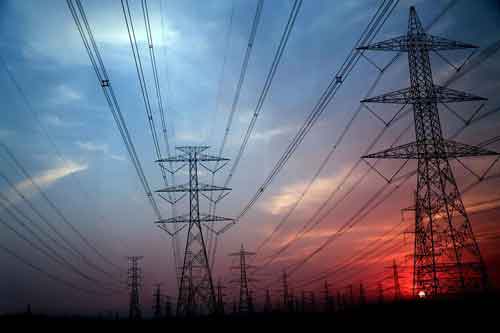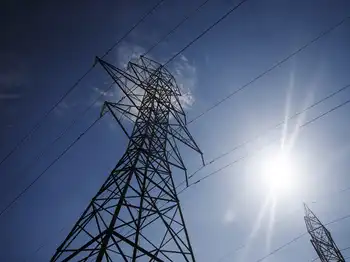More Con Ed customers having power cut off
By New York Times
High Voltage Maintenance Training Online
Our customized live online or in‑person group training can be delivered to your staff at your location.

- Live Online
- 12 hours Instructor-led
- Group Training Available
According to the latest figures from Con Edison, times seem to be tough — predating the recent stock market turmoil.
The utility said that for the 12 months through September, 9,639 residential customers had their electricity turned off for nonpayment, 13 percent more than in the same period in 2007. The amount of those unpaid bills jumped faster — 28.3 percent — to $8.9 million, a reflection of the rise in energy prices.
During the same period, 1,600 nonresidential customers had their power turned off, an 8 percent increase.
The numbers provide a good indication that more people are having financial trouble, because electricity is so crucial to everyday life that families and businesses often do whatever they must to keep the lights on.
Con Ed jumps through a lot of hoops to warn customers that their electricity is in danger of being turned off. It sends as many as five warning letters over a 90-day period before turning a customerÂ’s electricity off, according to Michael Clendenin, a spokesman for Con Ed. The company also calls customers and will occasionally visit a residence or business.
During that time, Con Ed gives customers who are in arrears a chance to work out a payment plan, which, more often than not, heads off disaster.
“Most people who get their lights turned off are back on within a month, because they’ve entered a payment plan or made a payment,” Mr. Clendenin said.
Between January and the end of September, 342,073 residential customers were in arrears for more than 60 days, an 18 percent jump from the same period the year before.
All paying customers ultimately pick up the tab for those who stop paying for their electricity. Buried on monthly electric bills is a “merchant function charge,” which covers Con Ed’s administrative costs.
The item was shown separately starting in April, to help customers compare costs with those of other power providers. In May, the total charge was 0.5221 cents per kilowatt-hour used. Of that amount, 0.1148 cent is set aside to cover the uncollectible bills that delinquent customers leave behind.
Part of the money also goes to hiring collection agencies that try to track down such customers.
Wendell F. Holland, a partner at Saul Ewing, a law firm that represents utilities and energy companies, said that utilities usually could not collect 1 percent to 1.5 percent of their bills, an amount he called “the cost of doing business.”
Even when customers are far behind in paying the bills, utilities typically wait until after the winter is over to turn off power for nonpayment. The slowing economy, however, may lead to more customersÂ’ losing power.
“This problem is not just in New York State, but national,” said Mr. Holland, a former chairman of the Pennsylvania Public Utility Commission. “Unfortunately for all involved, the timing couldn’t be worse in light of the bank collapses.”
Some nonprofit groups help families who lose their power and heat. But they have been running short of funds as well, according to Gerald A. Norlander, the director of one such organization, the Public Utility Law Project.
“Catholic Charities, the Red Cross and other charities are not able to meet the need,” Mr. Norlander said. “Utility ‘fuel fund’ charities use customer donations matched by the utility, but they are a drop in the bucket, often exhausted, and some have very restrictive eligibility conditions, limiting aid to the elderly and disabled.”











